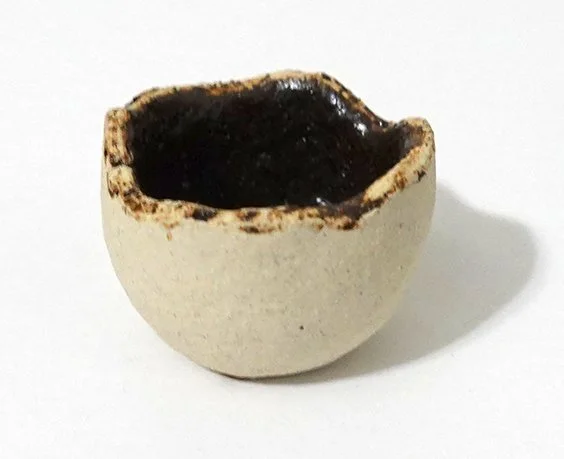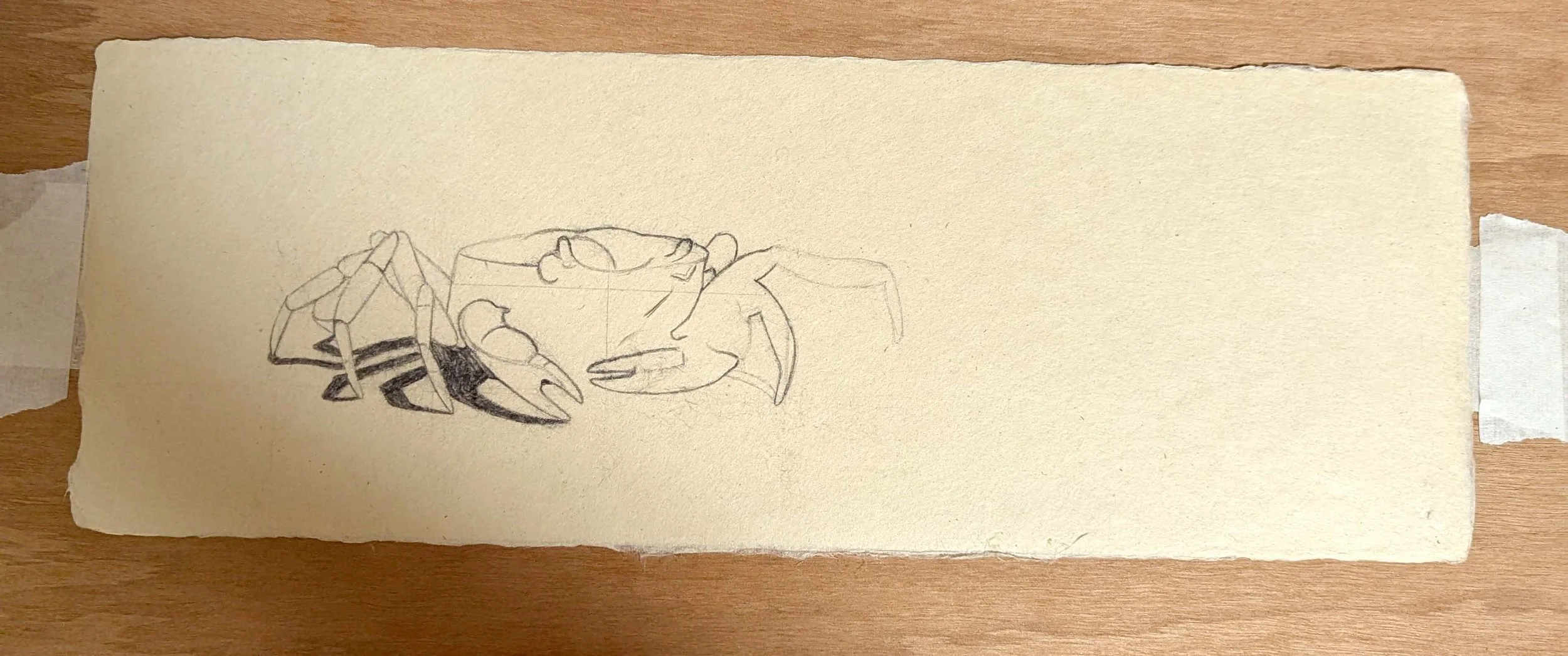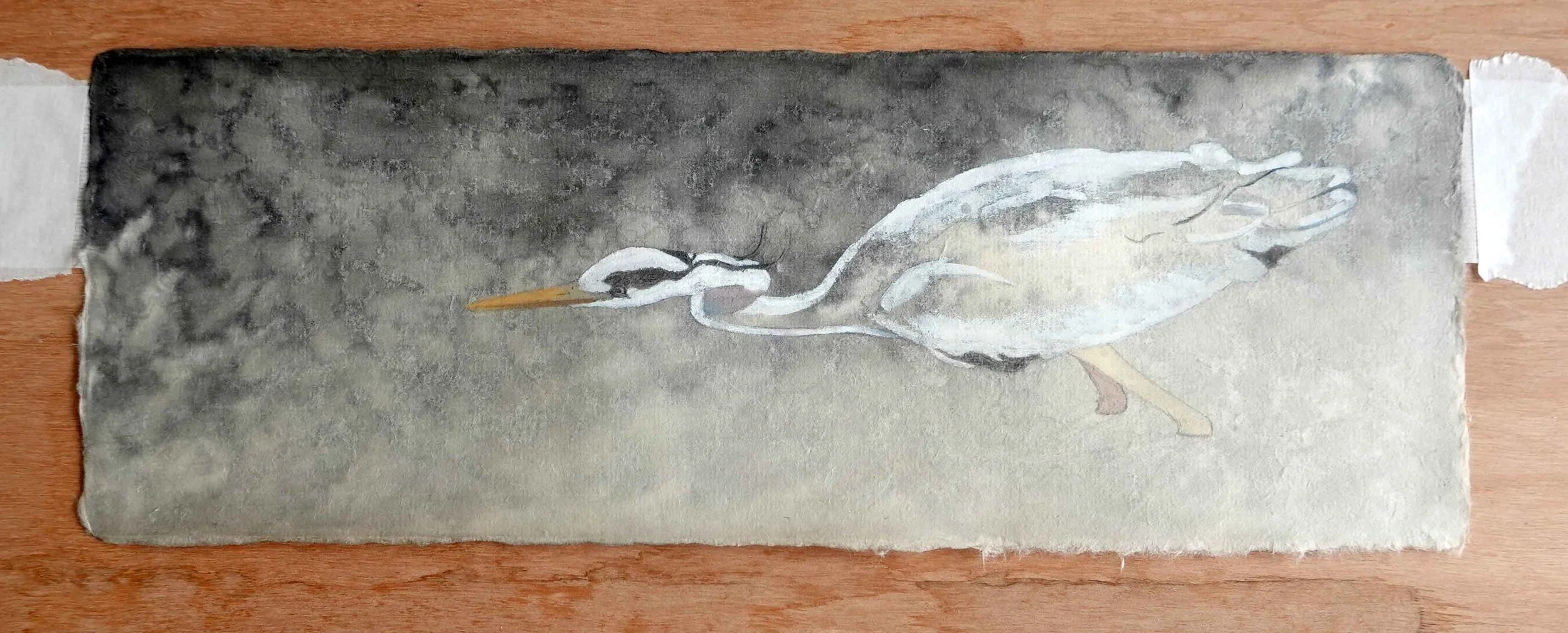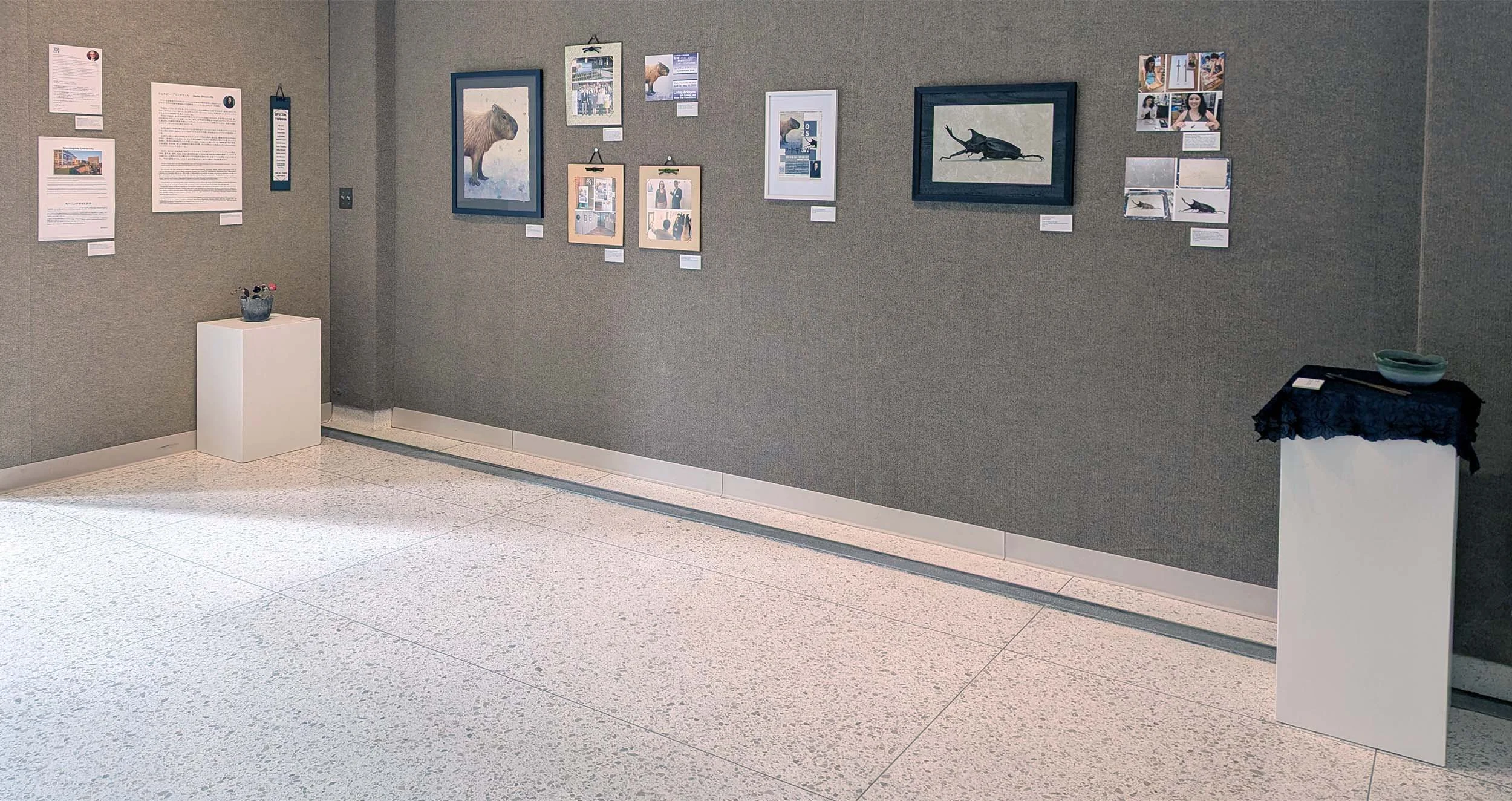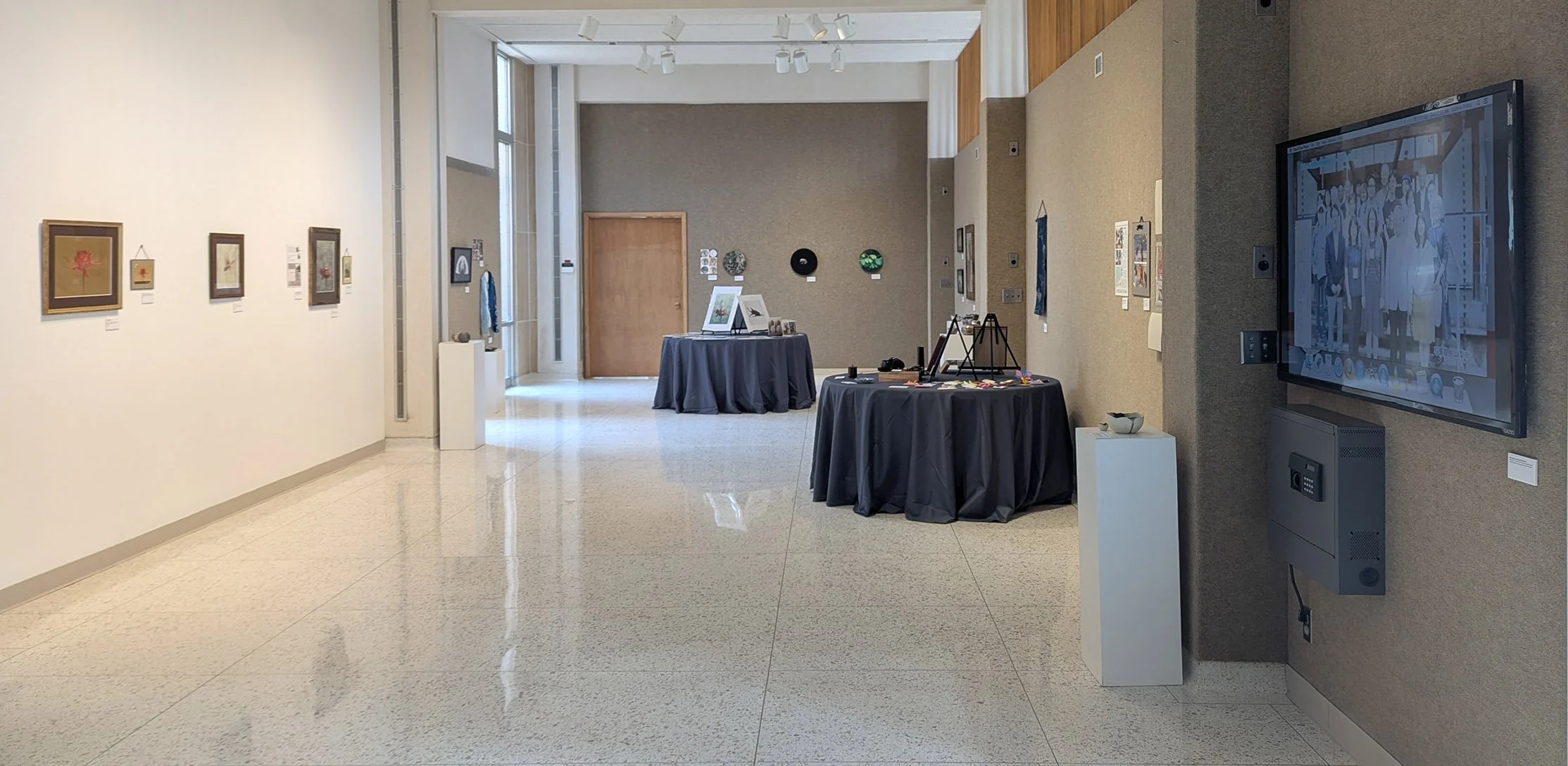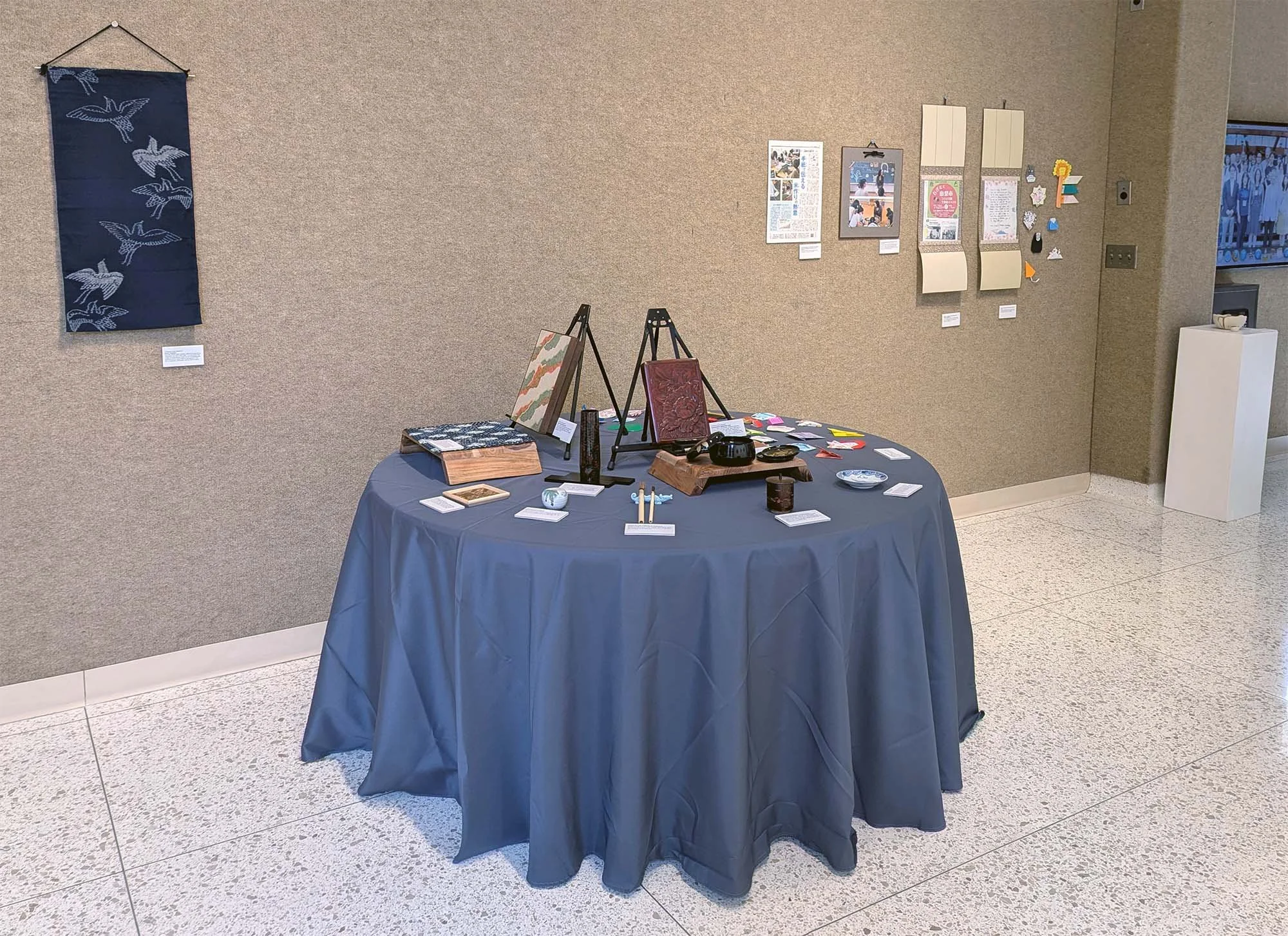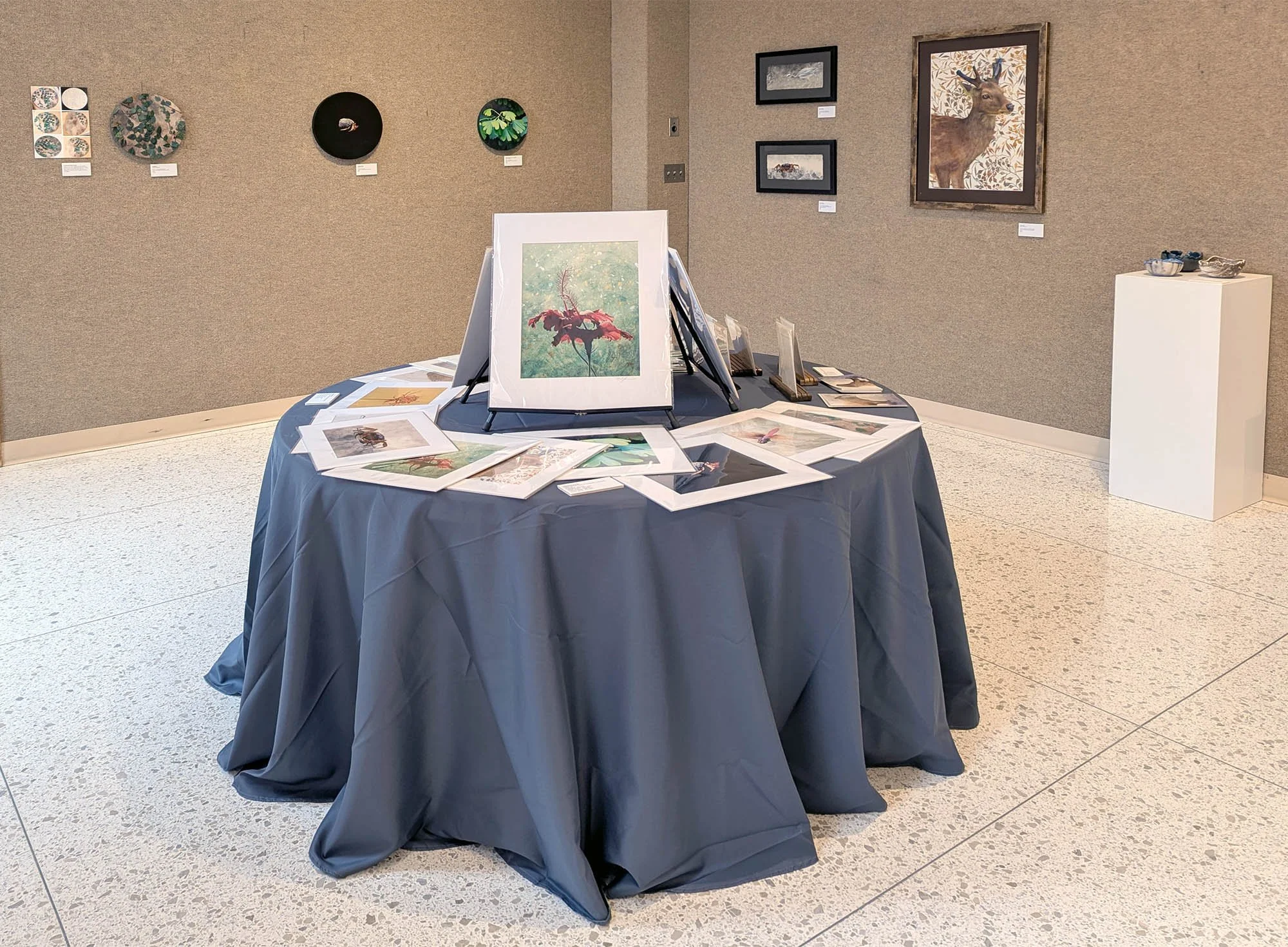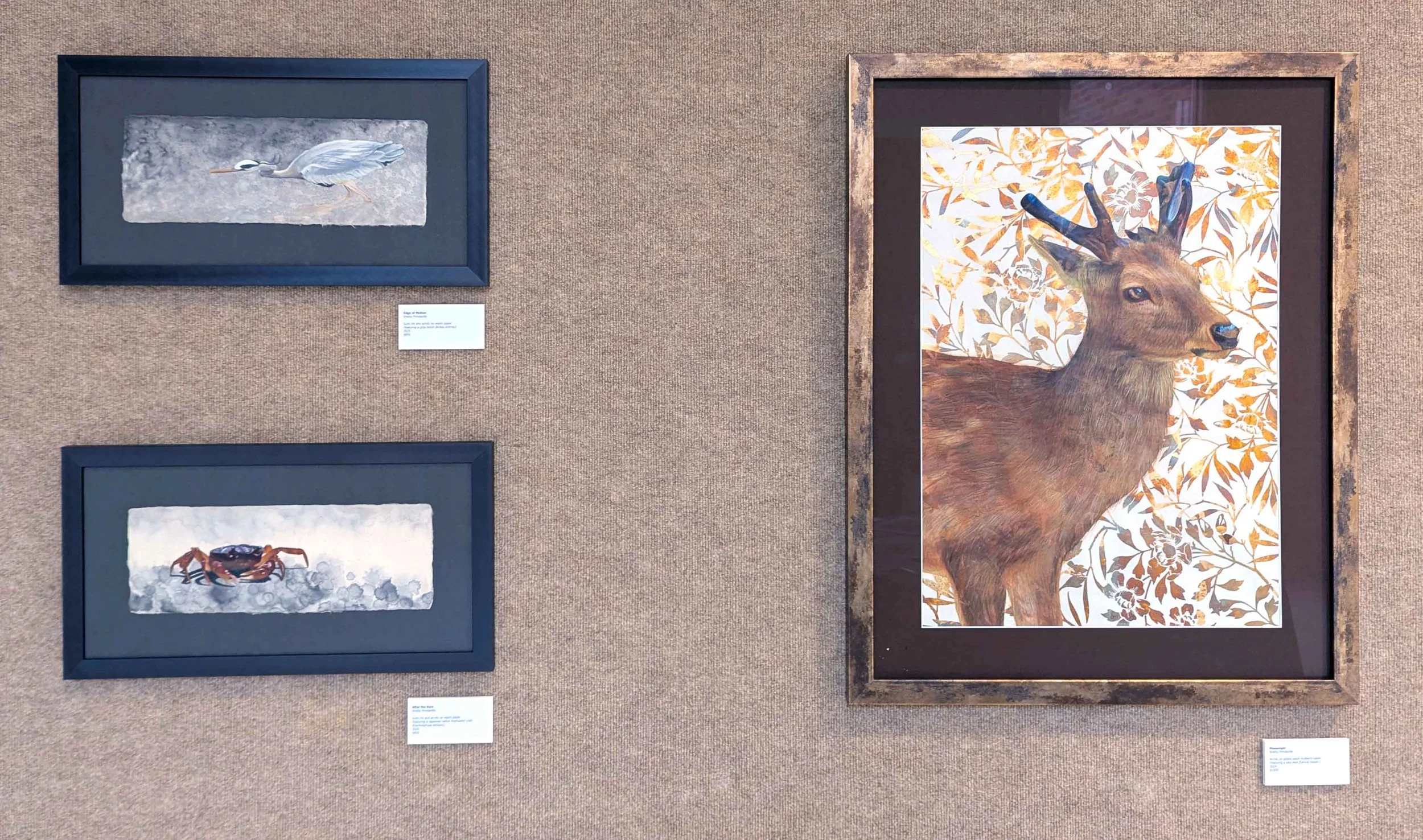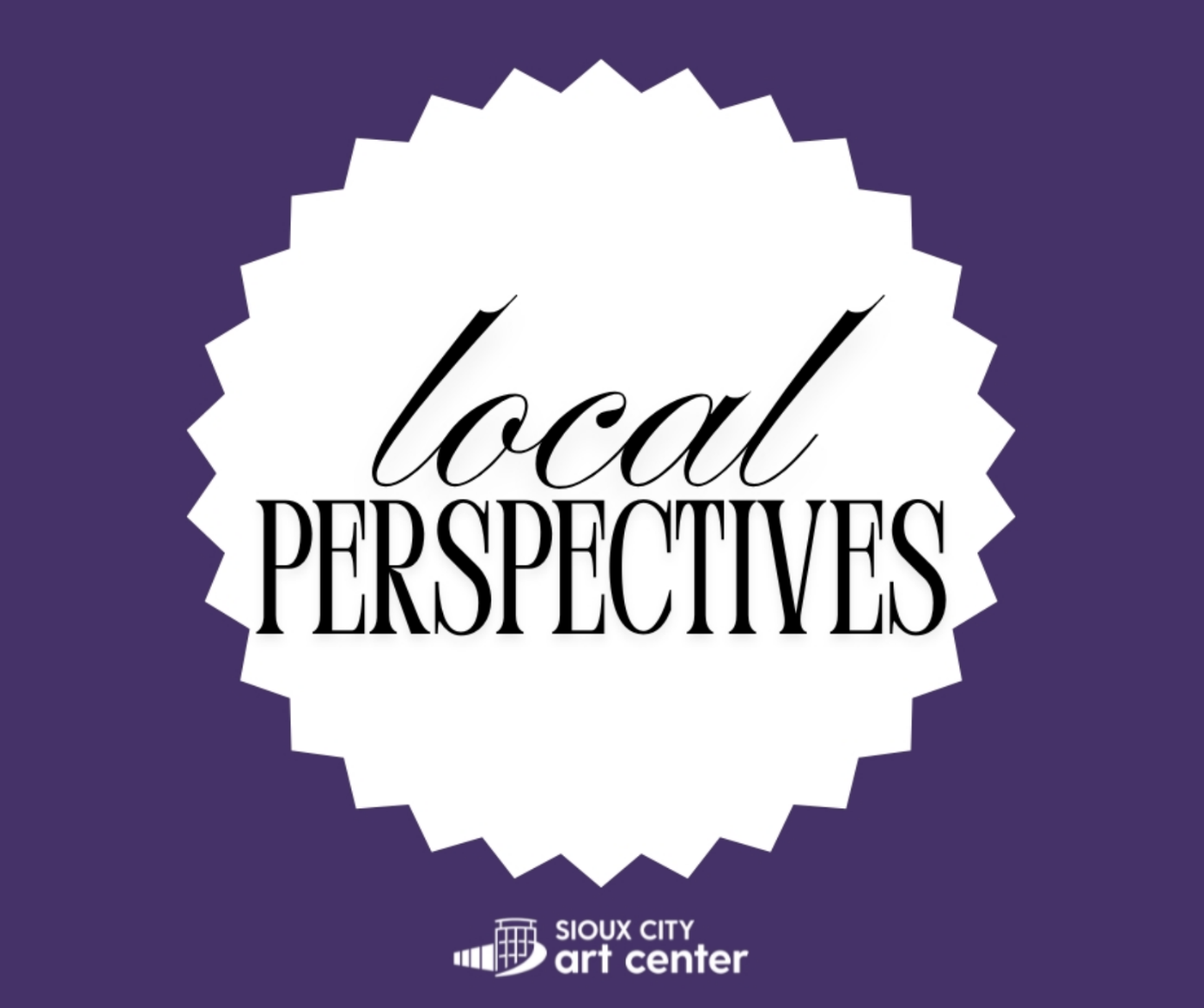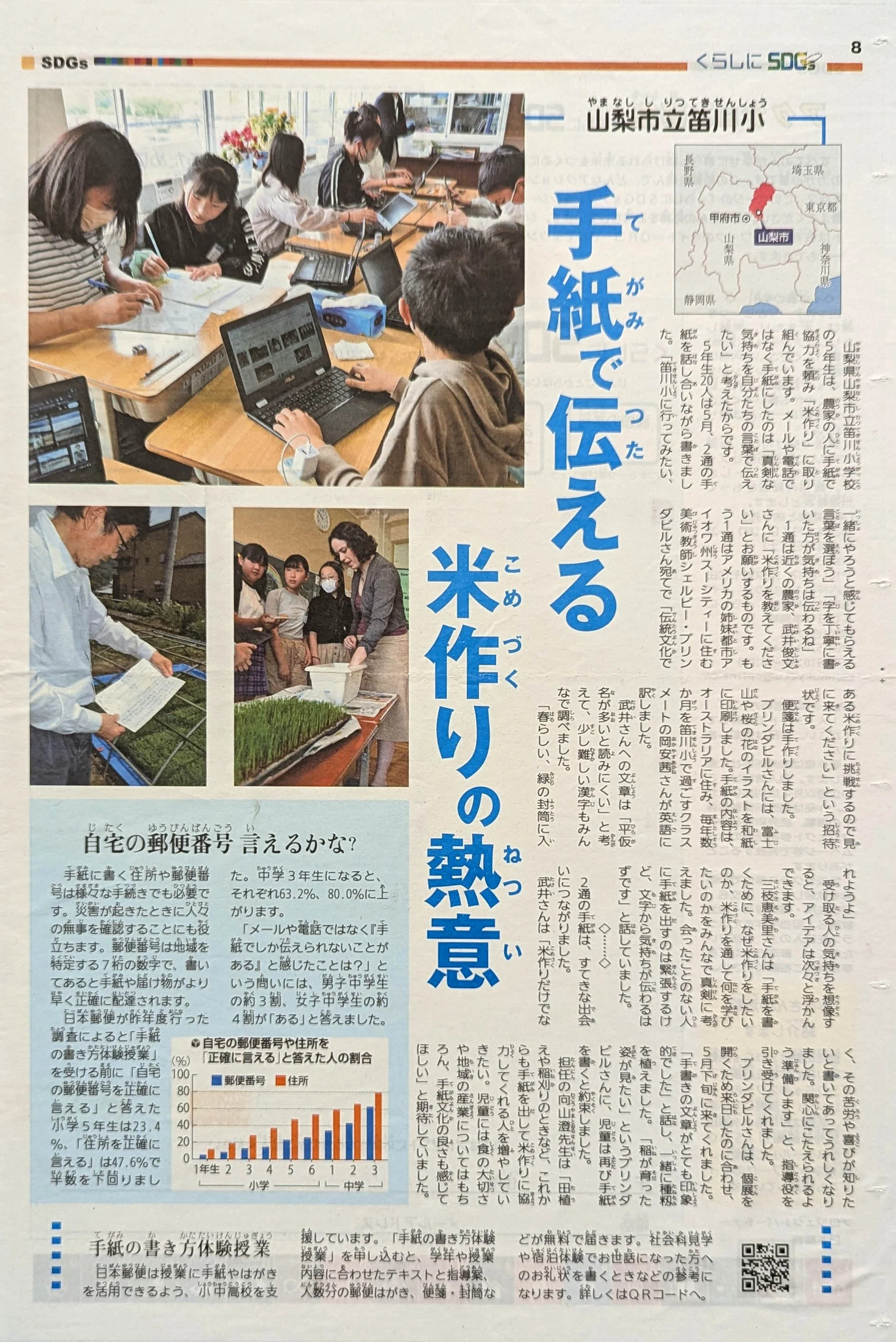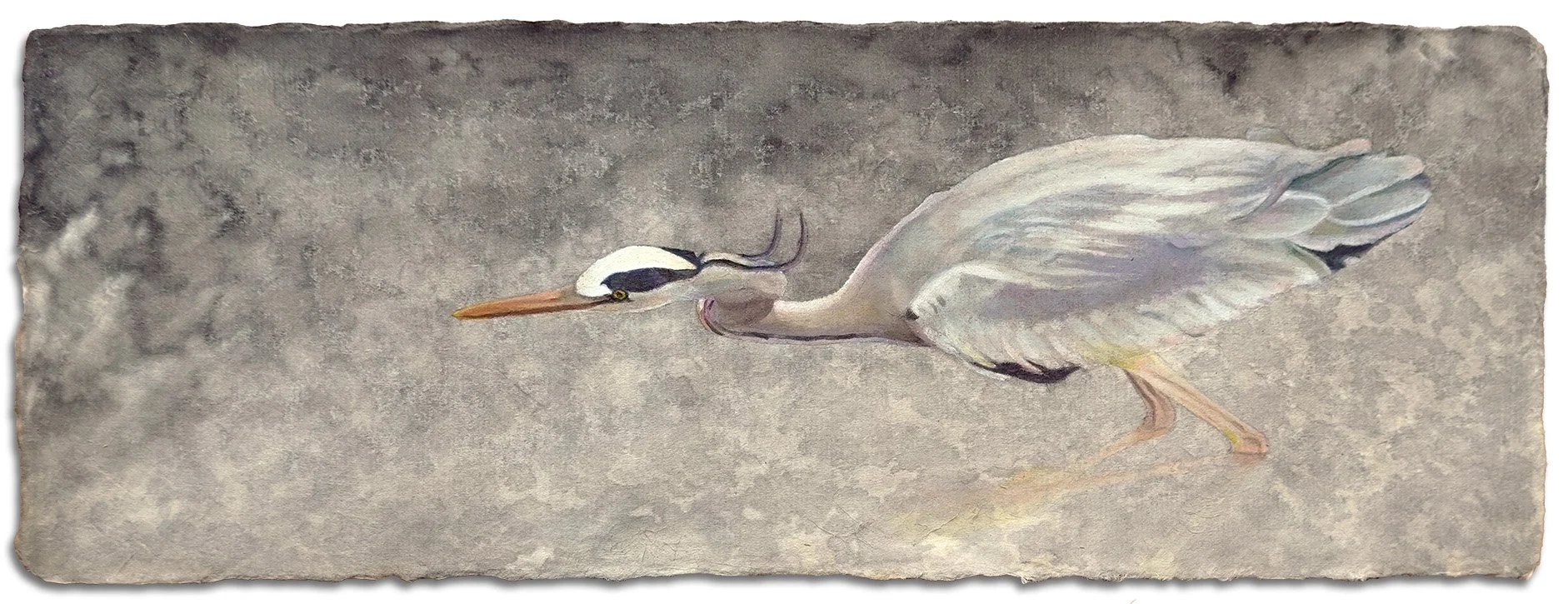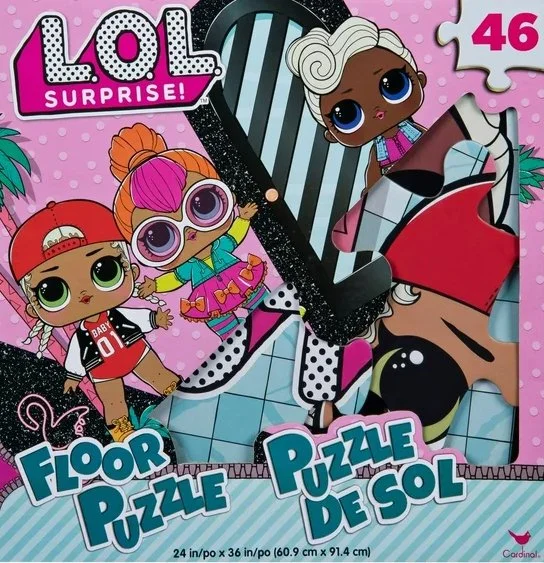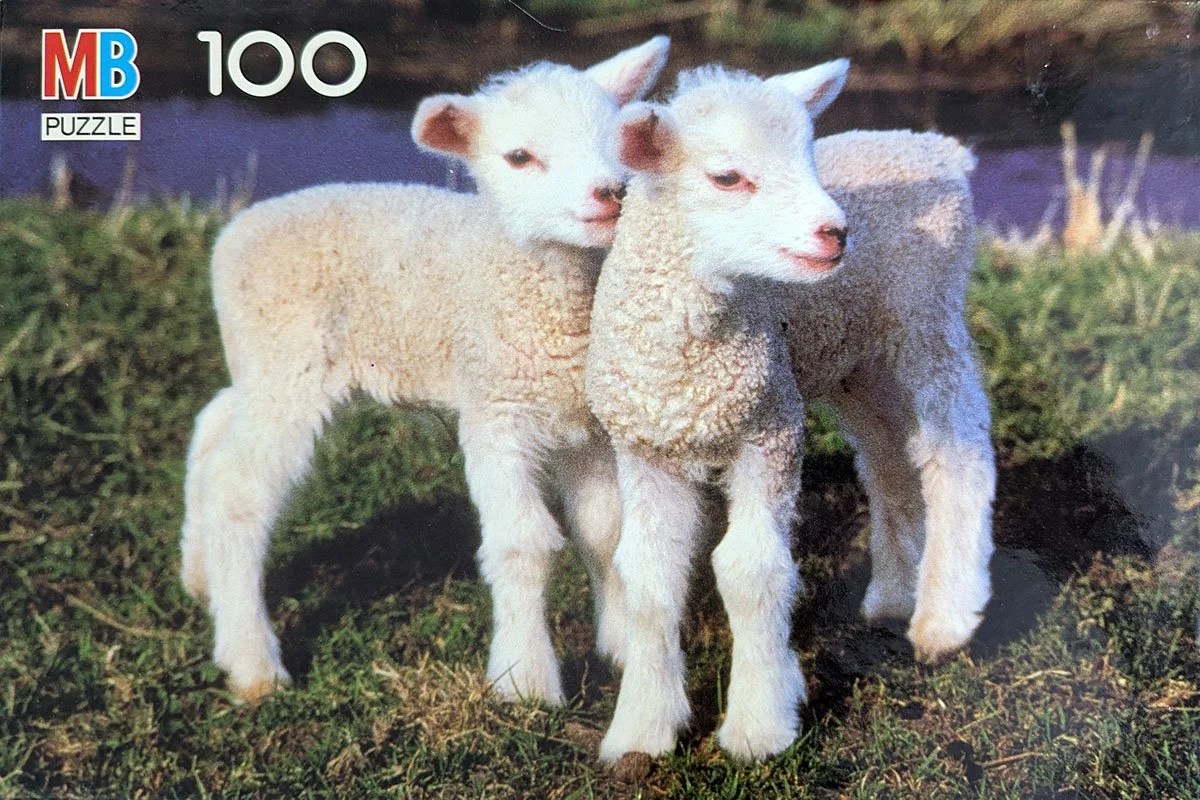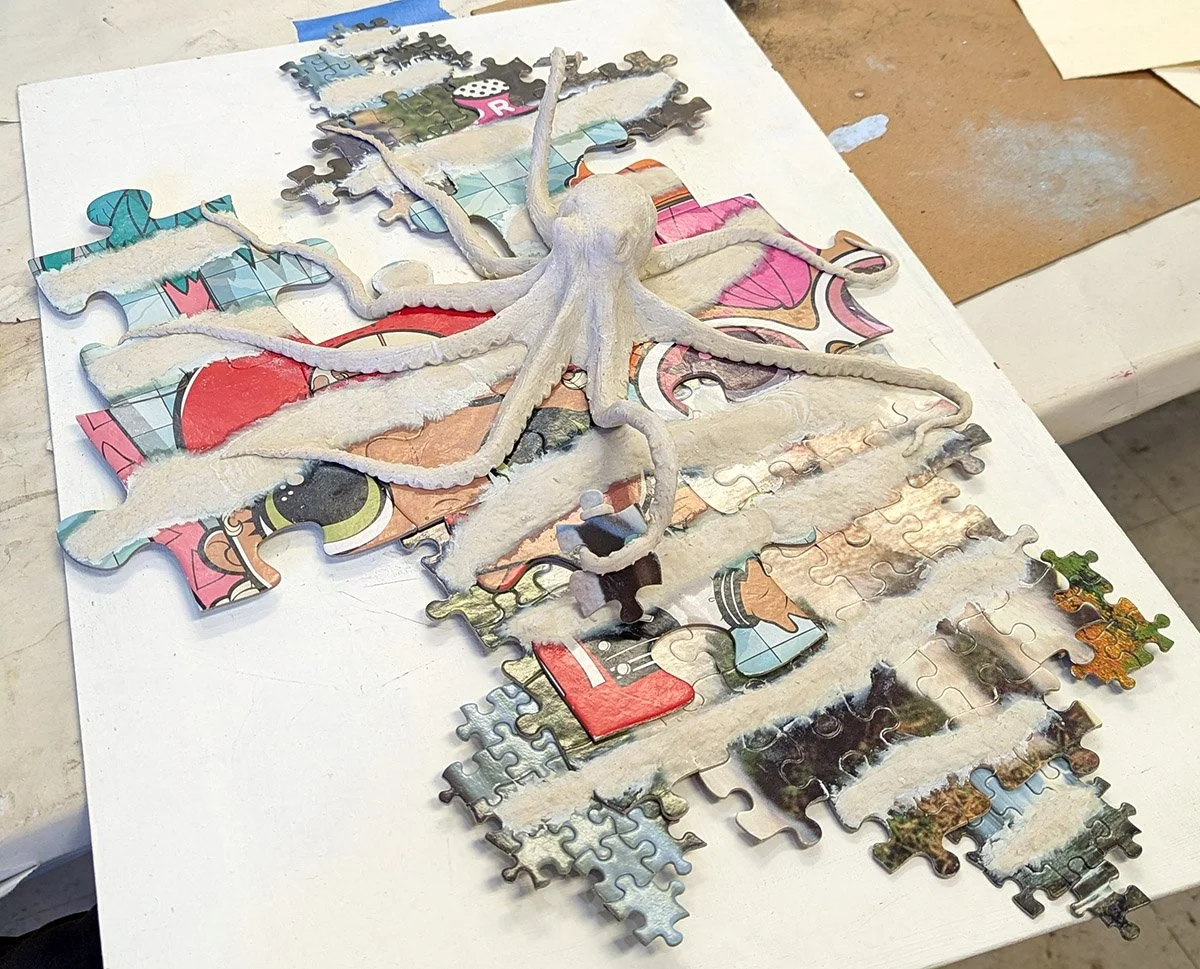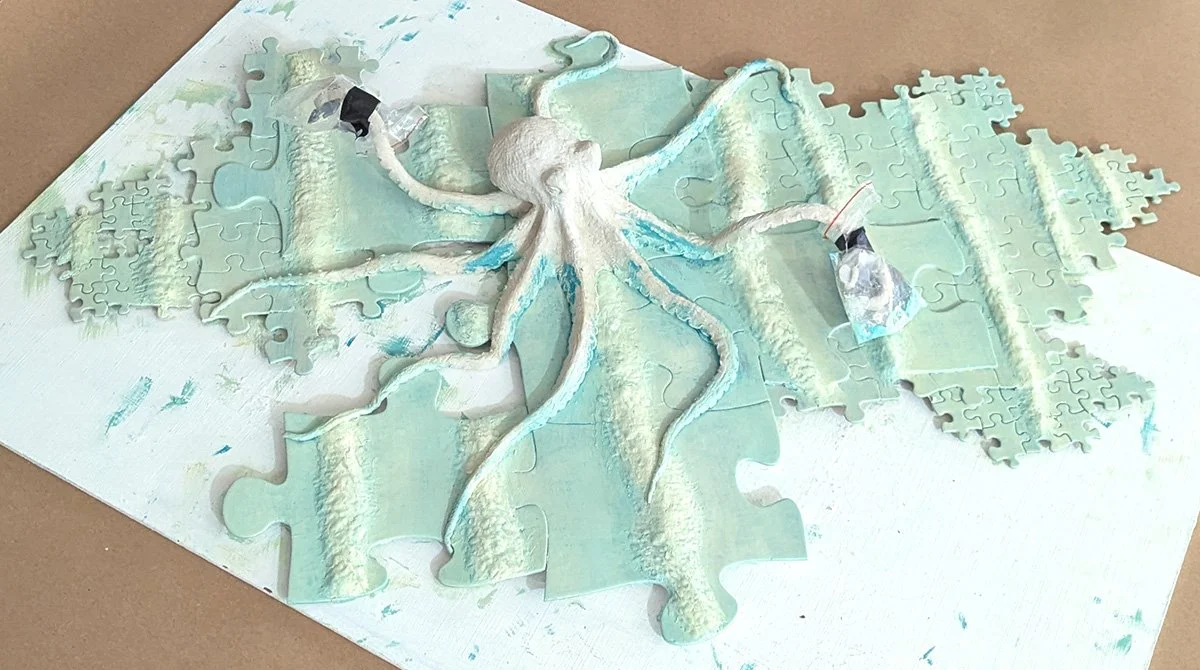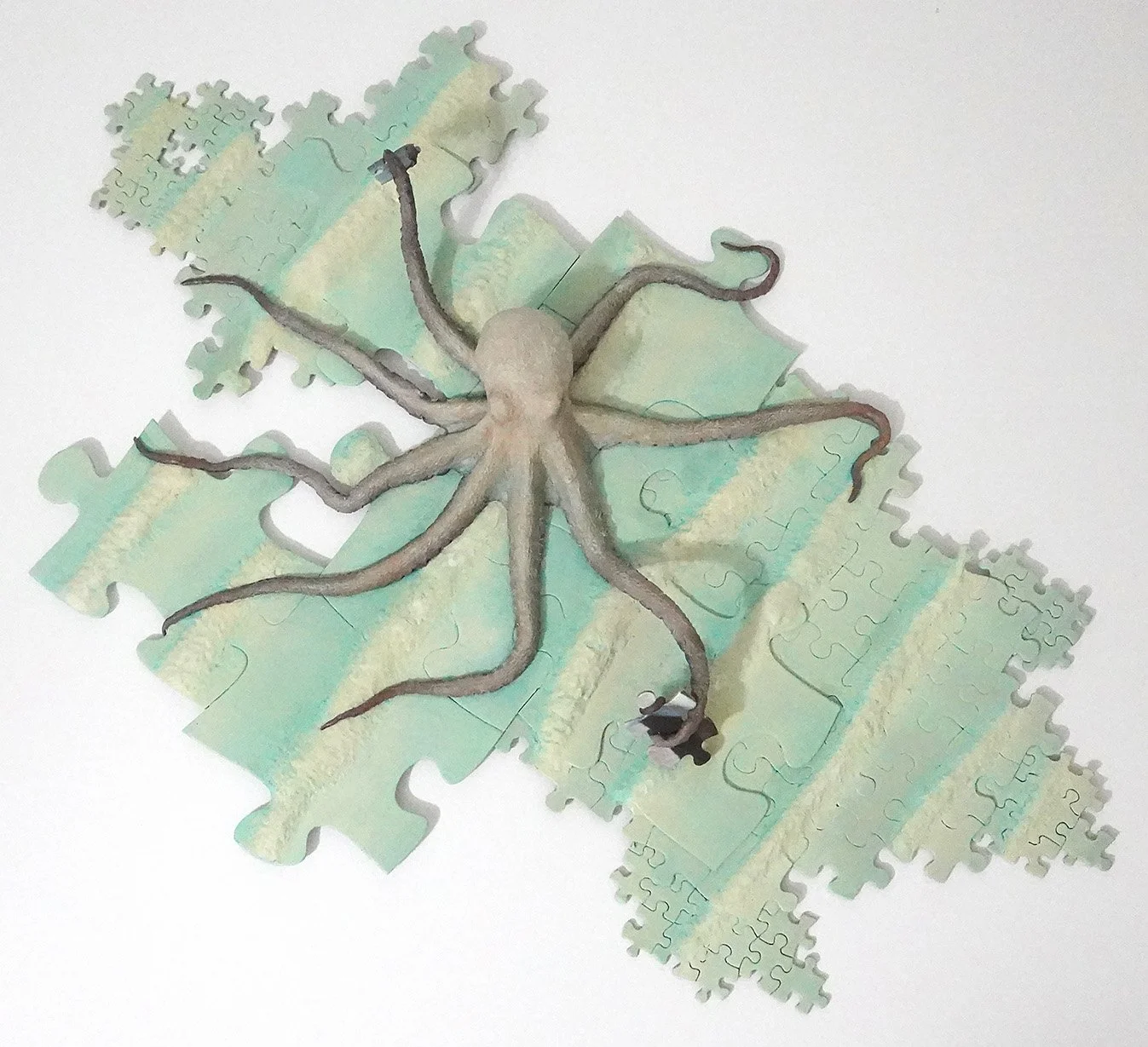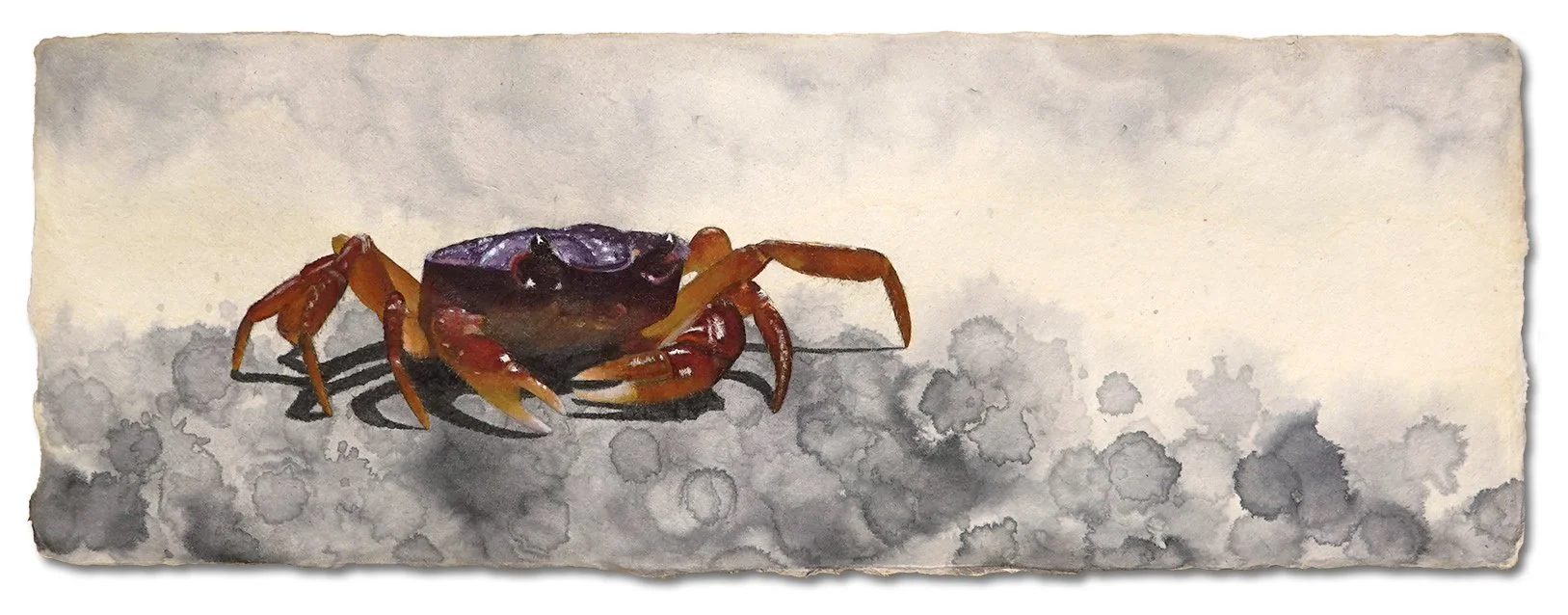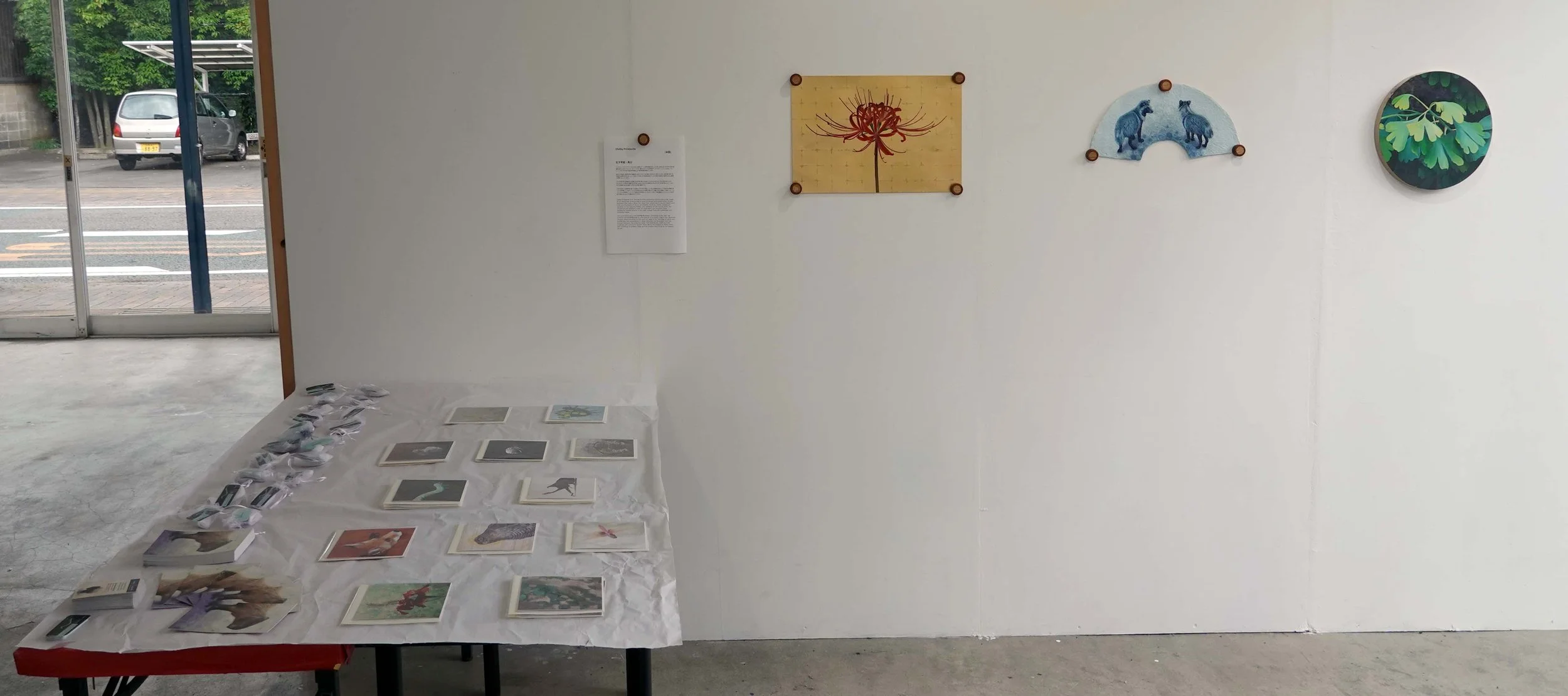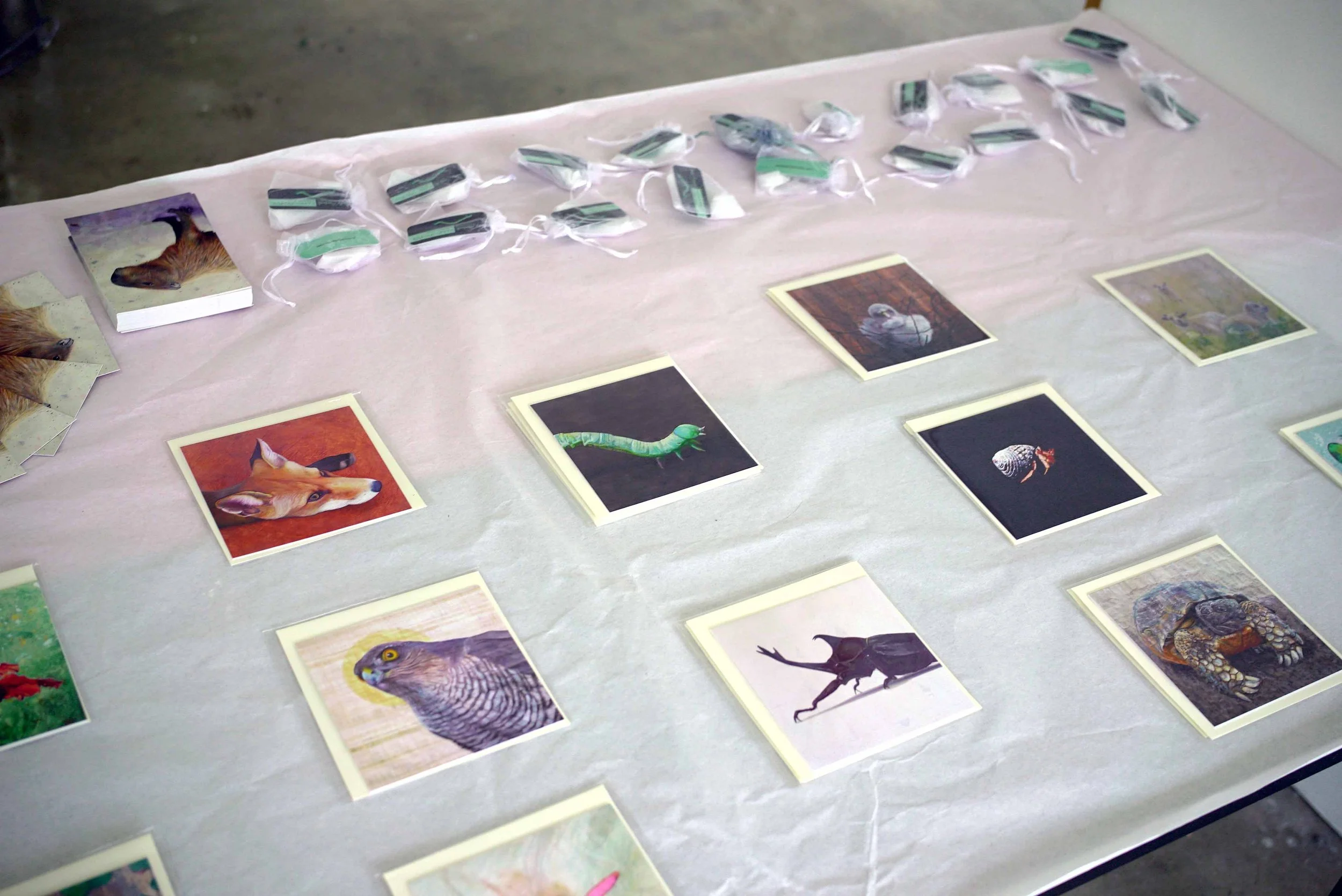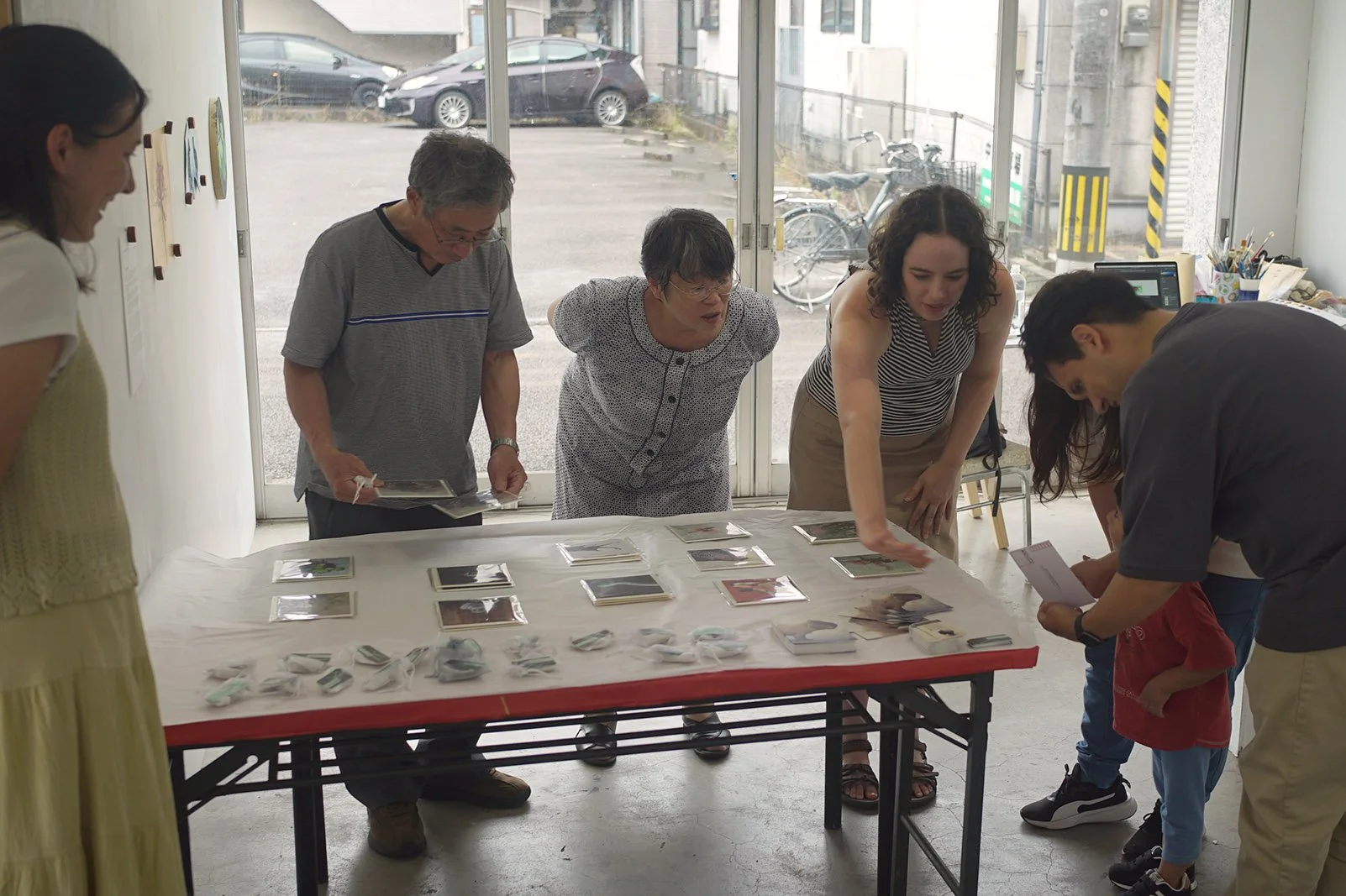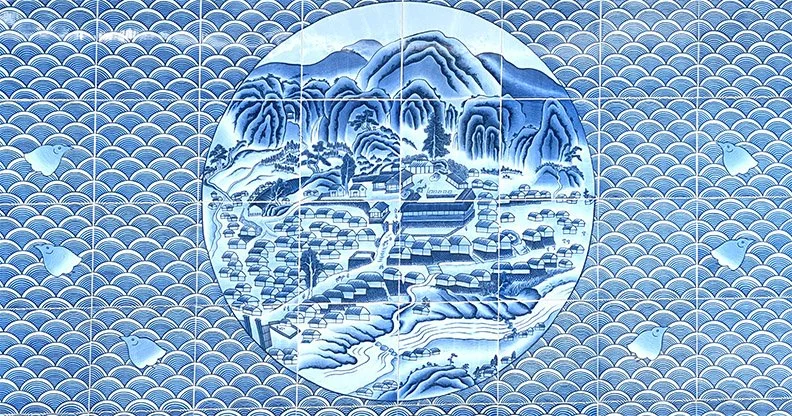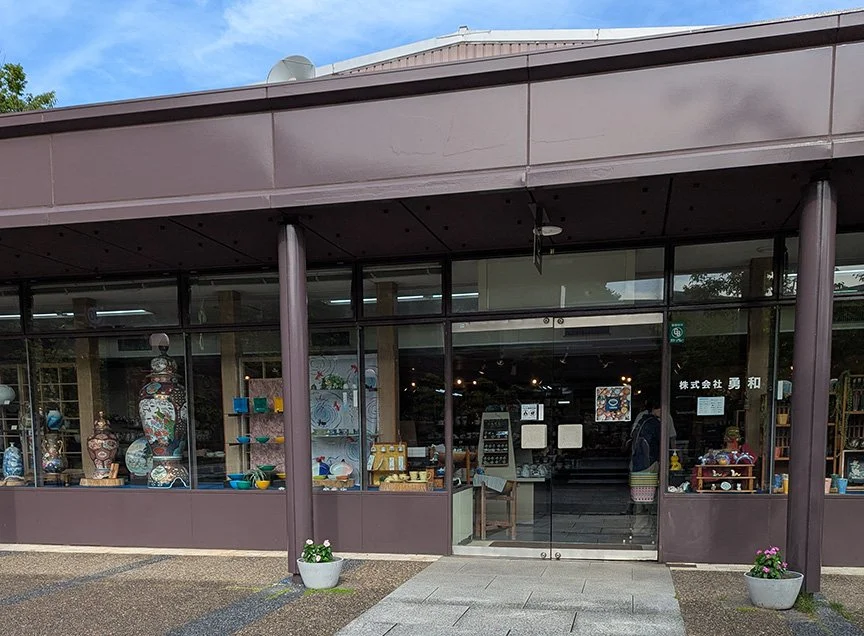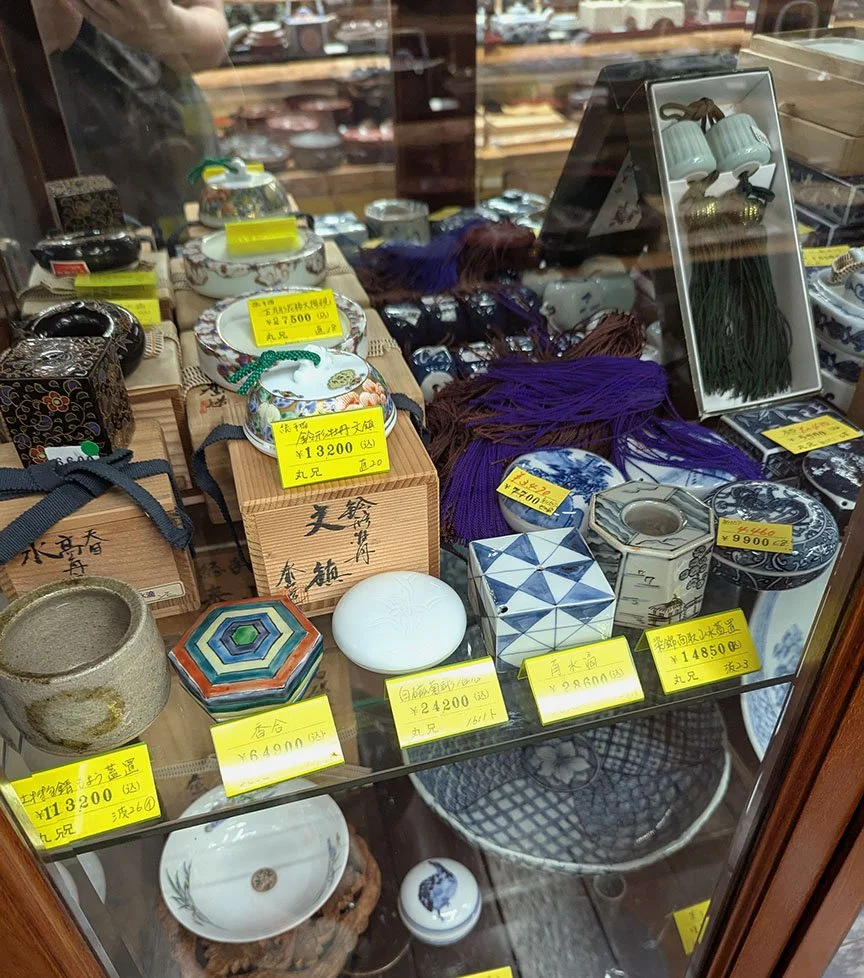To follow up on my previous post, the Morningside Art Sale opens today!
There is a wide variety of artwork on offer from faculty and students, including paintings, photos, prints, greeting cards, decorative and functional ceramics, sculptures, crochet, jewelry, and more! I noticed prices ranging from $1 to $160, so there's available art at a range of budgets.
Birthday, holiday, or just because gifts that are one-of-a-kind... don't miss out! Please bring cash or check. We can make limited change!
Sales hours will differ on some of the days due to student worker availability, so take a look below. It is open to the public, so feel free to spread the word!
Today (Thursday, August 28): 1-5pm
Tomorrow (Friday, August 29): 1:35-3pm
Tuesday, September 2: 1-5pm
Wednesday, September 3: 1-5pm
Thursday, September 4: 1-5pm
Friday, September 5 (FINAL SALES DAY): 1:35-3pm* (could be through 5pm if a student worker's paperwork is processed by then!)


